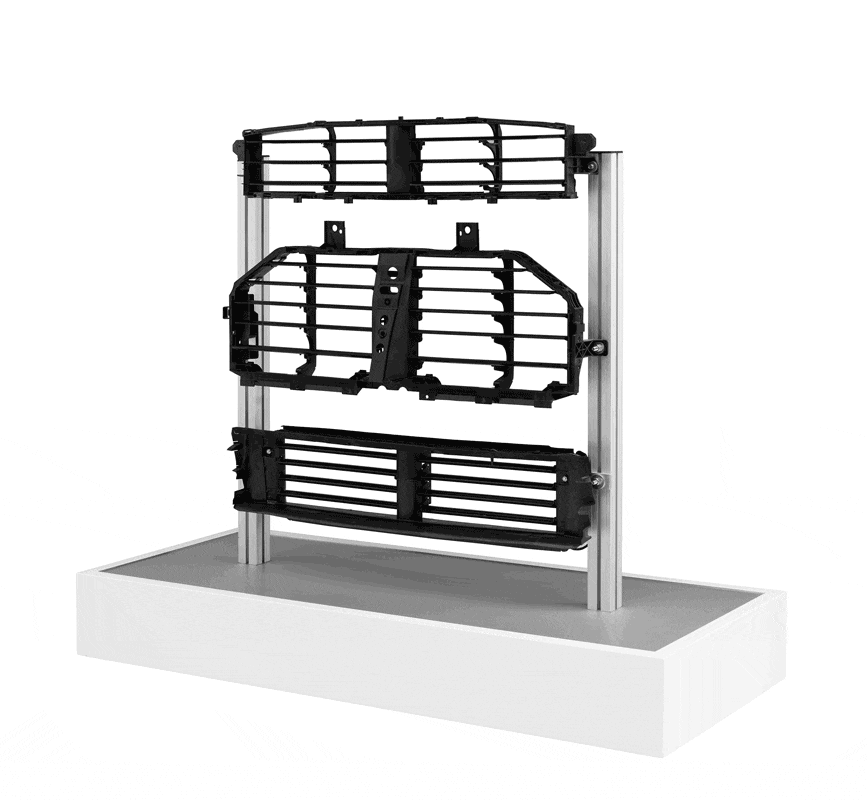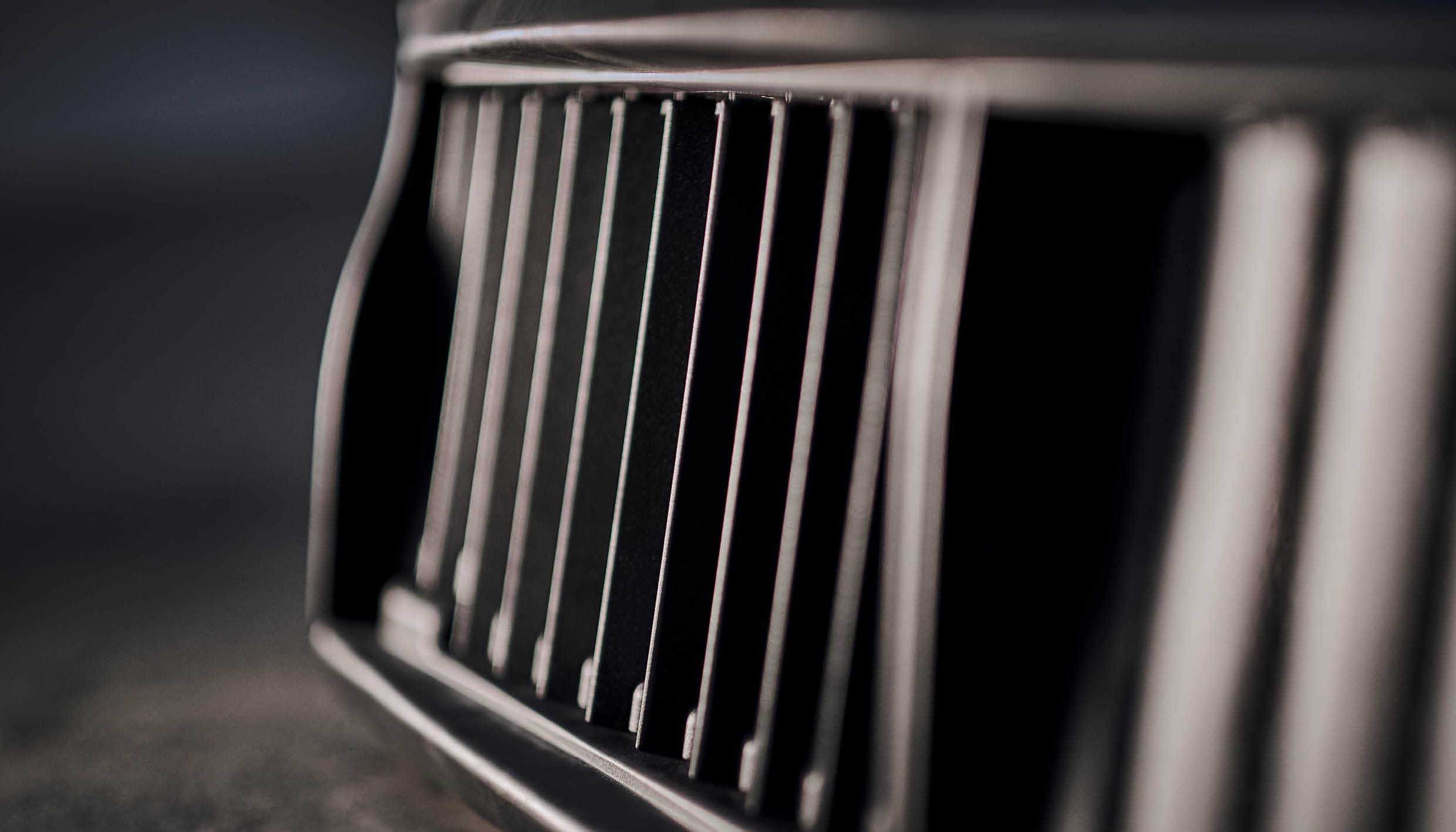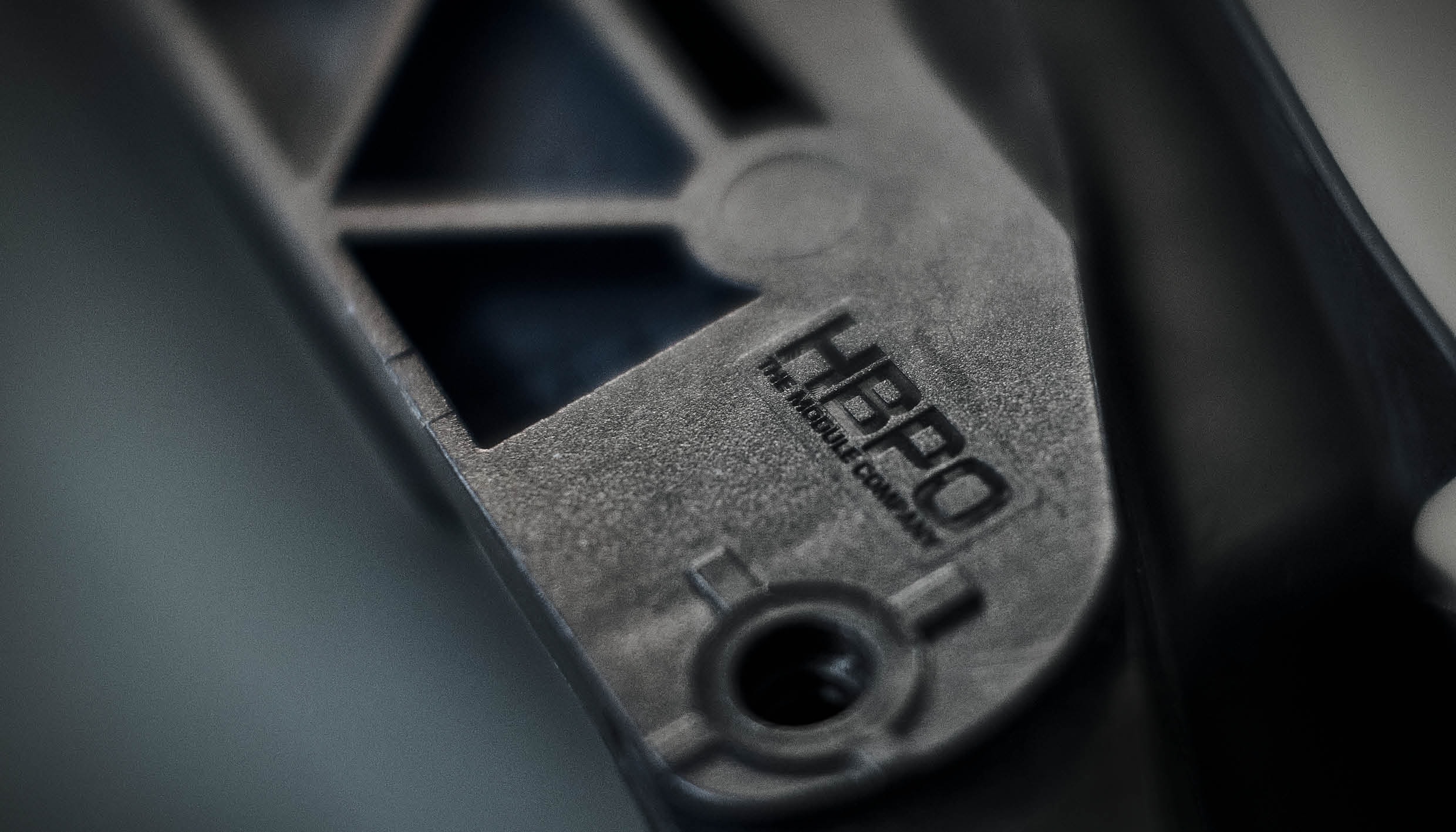Active Grille Shutter
Energy efficiency as a benchmark
Active Grille Shutters are key components for the aerodynamics in the front part of the vehicle, designed to improve fuel efficiency by reducing air drag. At high speeds, the shutters automatically close, redirecting air away from the engine compartment and thus enhancing the vehicle’s aerodynamic performance. When the engine heats up, the shutters open, allowing air to flow through the engine compartment and cool down the engine.Environmental protection and the sustainable use of natural resources has become an important social topic over the past few years. We offer our customers solutions that will enable them to make their vehicles more energy-efficient. Our Active Grille Shutters (AGS) are ideal for improving a vehicle’s aerodynamics – whether the vehicle has a combustion engine or an electric motor!
How do Active Grille Shutters work?
When a vehicle is moving, air turbulence occurs on its surface – a quiet normal process in aerodynamics. The air flap control (“Active Grille Shutter”) from HBPO is integrated in the front-end module according to customer wishes. If the air flaps are closed, air flow around the vehicle is improved and turbulence is reduced, thus significantly reducing fuel consumption and CO₂ emissions.
Depending on the driving situation, the Active Grille Shutter closes or opens the air flaps automatically and guarantees optimum driving conditions. A positive side-effect of this system is the regulation of heat in the engine compartment – depending on requirements and demand, the hot air remains in the engine compartment or is dissipated.

The advantages of Active Grille Shutter at a glance:
- Less drag
Closed air flaps smooth out the vehicle front and reduce the drag coefficient. In addition, the engine reaches operating temperature more quickly and remains hot for longer after it is has been switched off. - CO₂ reduction
Thanks to improved vehicle aerodynamics with the air flaps closed, the fuel consumption and CO₂ emissions are reduced significantly. - Less weight
Thanks to lightweight engineering and doing without paint coat, AGS reduces the vehicle weight by an extent relevant for CO₂ emissions and fuel consumption.

Which vehicles have Active Grille Shutters?
In the field of aerodynamics, however, we can do even more: depending on the requirements and customer wishes, we develop the right aerodynamic solution for the vehicle.
